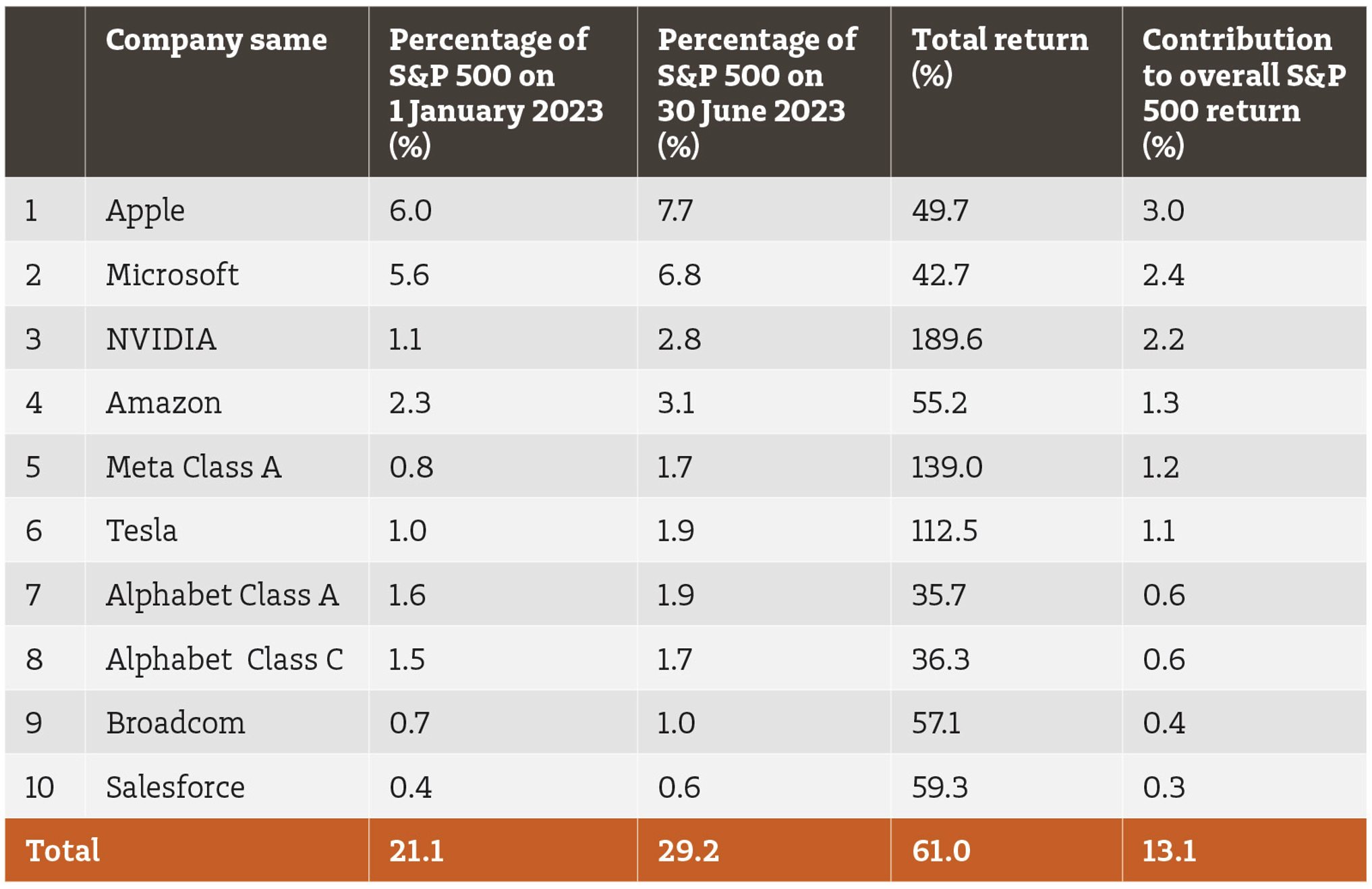The sectors and asset classes MLC is backing as the inflation fight rolls on
In music, a leitmotif is a recurring melody or theme. There is nothing melodious about inflation. It is insidious, but it is the leitmotif of the time we are living in.
Changing demographic picture
A less discussed contributor to the current bout of inflation is demographics, which describes populations by various criteria, including age, income, and location.
A recent US study from the Federal Reserve Bank of Atlanta argues that population ageing is the single biggest reason for the US worker shortage, fuelling inflation. If current population trends persist long into the future, prices and economic activity will eventually be pushed down. That's because there will be less consumer spending, but until that point is reached, the shrinking US labour force is an inflationary force.
America’s working-age population pressures can be attributed mostly to three causes — declining birth rates in the years after the post-WWII baby boom, lower immigration levels, and a surge in mortality mainly due to the COVID-19 pandemic.
As of October 2022, the retired share of the US population was almost 1.5 percentage points above its pre-pandemic level. The inflationary effect is clear. When demand for anything exceeds the supply, that raises the price, which in the labour market means wages.
Europe’s population picture is worse as evidenced in terms like “demographic winter.”
Finally, China, which thanks to the inclusion of its vast population in the global labour market had been a disinflationary force, is undergoing disquieting demographic trends, and by doing so has contributed to global inflationary impulses.
Here are just two pieces of information about China’s demographic situation.
- The Seventh National Population Census, published in 2021, revealed that only 12 million babies were born in 2020, the fewest newborns since the horrific Great Leap Forward related famine of 1961.
- China’s working-age population, aged 16-59, is contracting, falling by 40 million workers since 2010 to less than 900 million today.
I have previously remarked that investment managers, like us, need to be mindful of issues in front of us, as well as those around the corner. Demographic issues fall into both camps with potentially great significance for financial markets in the years ahead.
Higher for longer inflation and interest rates?
As for recent inflation readings; headline inflation, the figures published in Consumer Price Index updates, has come down globally and in Australia.
However, core inflation (excludes volatile food and energy price movements), which is central banks’ preferred gauge of price pressures across economies, remains elevated.
A recent Bank of International Settlements (BIS) report makes sobering reading on this score. Sometimes described as the central banks’ central bank, the BIS has more than occasionally found itself to be a lonely voice warning of dangers while the world has carried on obliviously.
While investors and borrowers were luxuriating in extremely low interest rates, in the post-GFC years, the BIS warned of the build-up of imbalances that could weaken financial systems and economies. Things might have turned out differently had the BIS’ earlier warnings been acted upon.
Instead, we have a situation where the BIS comments that “Interest rates may need to stay higher and for longer than financial markets are pricing in.”
While energy and food price inflation has shrunk, and global supply chains have largely normalised, this has mainly impacted the price of goods.
The drivers of inflation have shifted towards services, and “the rate of change in services prices has historically been much less volatile than that for goods. Part of the explanation is that the share of labour in total costs in services is about twice as large as in manufacturing.”
Given that services dominate wealthy economies like Australia’s, it looks like more hard yards are ahead before inflation can be properly brought under control.
Narrowly driven US equity market
I also want to touch on global and US share market performance, which has been so strong this year despite economic crosscurrents.The global share market, as measured by the MSCI All Countries World index, returned 14%
(in local currency terms) for the six months to the end of June 2023, and a large slice of that impressive figure stemmed from the strength of the US share market.
The closely followed US S&P 500 index delivered a thumping 16.6% return over the same period (in US dollars), but rather than being a demonstration of broad market strength, the figure largely derived from the outsize performance of a small number of technology stocks (see table), which now includes companies associated with artificial intelligence (AI).
NVIDIA, a developer of AI-related hardware and software, exemplified excitement for companies associated with the AI theme as its market value almost trebled.
Here’s a striking fact: the 10 stocks in the table below were responsible for almost 80% of the S&P 500 index’s return to the six months to the end of June. On the flip side, the remaining 490 stocks in total contributed less than 4% of the S&P 500’s 16.6% return!
Outsize performance of US technology stocks in S&P 500
US dollar returns for six months to 30 June 2023

The information in this chart is taken from iShares Core S&P 500 ETF and is thus a close representation of the performance of the S&P 500 index for the six months to 30 June 2023 (Source: FactSet)
Massive performance divergence between a handful of winners and many losers helps to explain why quite a few investors have been circumspect about the outlook for equities. Narrowly driven market rises are usually cautionary flags.
In these investors’ judgement – and we include ourselves in this group – objective conditions have not been hospitable for shares, nevertheless other forces have clearly been at play, especially the technology dynamic, in the case of US shares.
A word about unlisted assets
Successful investing relies not just on strong performance in rising markets, but also on skilful management in situations, like today’s, where there are conflicting signals.
Our role as active managers is to assess the range of possible market outcomes and position our portfolios so that they maximise the chance of meeting clients’ return expectations while minimising exposure to risks unsupported by high conviction.
The current situation makes it unwise to take big positions in listed markets. Consistent with this, in portfolios with equity exposure, our share market investments have been fine-tuned to enable clients’ funds to participate in rising markets while simultaneously providing them with a degree of protection against the risk of downturns.
Unlisted infrastructure, real estate, and private equity have been important contributors to the performance of many of our portfolios in recent years, but they have been challenged more recently by rising interest rates.
Nevertheless, our conviction in unlisted assets remains strong because many infrastructure assets, for instance, often have inflation protections built in by having their income linked to inflation, which helps to offset the negative impacts of rising interest rates. Likewise, our conviction in private equity assets remains high.
As global investors, we are agnostic about industries to invest in and, where possible and appropriate to include these assets in a portfolio, scour the private equity opportunity set on a fund-by-fund, and case-by-case basis.
That said, overweighting to select structural themes benefiting from long-term tailwinds, including healthcare and financial technology, can be especially advantageous, in our view.
Unlisted real estate investments present a mixed picture, currently, with the Industrial sector continuing to benefit from digitisation and the continuing swing towards e-commerce, while the Office sector is facing some headwinds, particularly from the ‘working from home’ trend.
Still, the Office story is not a uniform one as high-quality buildings across Australian CBDs have fared better than those considered ‘B-grade’ buildings. Moreover, some high-quality Office buildings have benefited from increased rents.
We would characterise our positioning across the many strategies we manage for our clients as watchful coupled with being on the lookout for opportunities.
Never miss an insight
Hit the follow button to stay up to date with all the key events that are driving markets
2 topics

